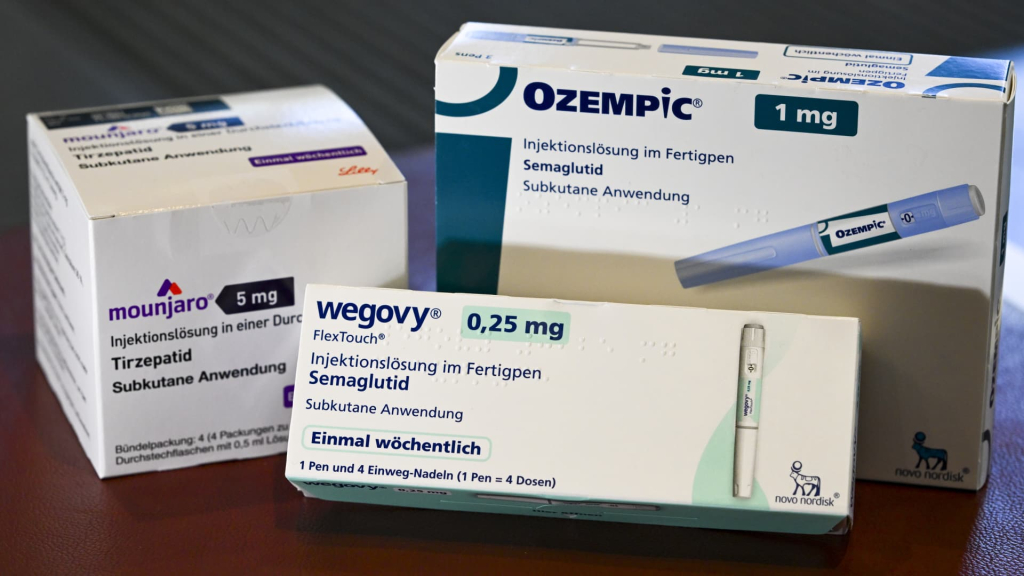The rising popularity of diabetes and weight management medications, such as Mounjaro, Ozempic, and Wegovy, is contributing to increased healthcare expenses for large employers. A critical question for many organizations is whether these expensive GLP-1 medications will ultimately lead to enhanced employee health and reduced healthcare costs in the long run. Analysts at Aon indicate that positive outcomes are already beginning to materialize.
“We have not witnessed anything like this before,” stated Greg Case, CEO of Aon, a firm specializing in employer benefits services. “There was a 44% decline in significant cardiovascular issues. Notably, we observed considerable reductions in osteoporosis as well as various forms of pneumonia.”
Research from Aon revealed that within two years, the health improvements experienced by users of GLP-1 medications effectively bend the cost curve on medical expenses for both patients and their employers. However, this transition to savings necessitates considerable initial investment.
With a list price exceeding $1,000 per dose, GLP-1s are driving a surge in employer drug expenditures as demand rises following widespread approval of these treatments. Analysis by Evernorth, a division of Cigna, suggests that since 2023, these drugs have contributed to a faster increase in costs than high-priced specialty medications, which include costly treatments for cancer and autoimmune diseases.
Aon’s analysts examined medical claims data from 139,000 U.S.-based employees who received GLP-1 medications between 2022 and 2024. The findings indicated that beyond the cost of the drugs, GLP-1 users initially incurred higher medical expenses in their first year, necessitating more medical appointments to monitor their treatment and address related issues such as sleep apnea and gastrointestinal conditions like acid reflux.
“The cost increases are evident during the first 12 to 15 months,” Case noted. “Patients are seeking treatments for underlying conditions associated with obesity.”
However, by the conclusion of the second year of GLP-1 therapy, Aon found that overall healthcare expenses for patients had decreased by an average of 7%, in comparison to similar workers suffering from chronic conditions and obesity who were not using the drugs. For those who strictly adhered to the medication regimen, savings reached as high as 13%.
A significant factor driving these savings was the over 40% reduction in serious cardiovascular incidents, including heart attacks and strokes, along with a decrease in the onset of diabetes among GLP-1 users.
Case explained that Aon’s findings can assist clients in understanding the timeframe to realize a return on investing in insurance coverage for GLP-1s, both for weight loss management and Type 2 Diabetes treatment.
“We observed reductions in costs across the board — and the results are remarkable,” Case remarked. “This approach can yield a return on investment, creating genuine economic benefits.”
In light of its findings, Aon has introduced a subsidized GLP-1 weight management initiative for its U.S. employees, which includes weekly virtual wellness consultations and home blood testing to enhance adherence to the drug regimen.
The comprehensive results of Aon’s study will be presented at the Milken Institute Global Conference on Monday.


























